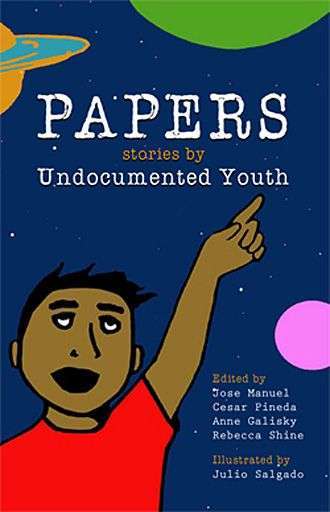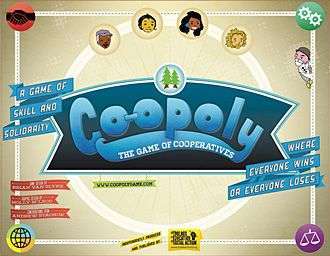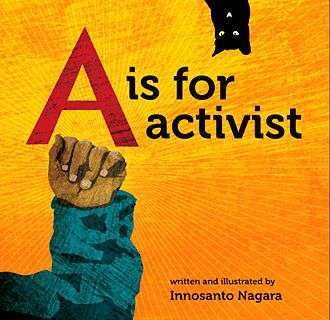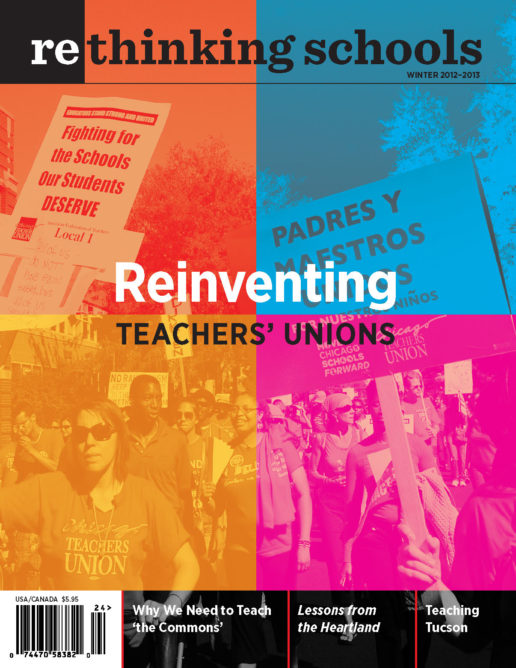Resources 27.2
Check out these valuable resources, reviewed by Rethinking Schools editors and Teaching for Change colleagues.
CURRICULUM

Papers: Stories by Undocumented Youth
Edited by José Manuel, Cesar Pineda, Anne Galisky, and Rebecca Shine
Illustrated by Julio Salgado
(Graham Street Productions, papersthemovie.com, 2012)
84 pp., $14.95
This volume builds on the excellent 2009 film Papers: Stories of Undocumented Youth. Papers—the book—is a student-friendly collection that continues the conversation begun in the film; undocumented youth from around the world tell their stories with simplicity and intimacy. The passages are short, poignant, evocative, and lend themselves to lots of classroom uses. Julio Salgado’s illustrations—in colors that shout with life and dignity—help make this an inviting book for all. Middle and high school.
Stones for My Father
By Trilby Kent
(Tundra Books, 2011)
170 pp., $19.95
This historical novel takes place in South Africa during the Anglo-Boer war (1899-1900). Events are seen through the eyes of Corlie Roux, a 12-year-old Boer girl living with her widowed mother, siblings, and Zulu servants on a farm in the Transvaal. When war with the British and their Canadian allies threatens the Roux farm, the family and servants abandon the homestead and flee with other families and servants. Ultimately, all are captured and placed in British concentration camps. Boers who spent their lives oppressing and brutalizing blacks find that they, as well as the African peoples in the region, are targets of British inhumanity and barbarism. Thousands of Boers, Africans, and ordinary British soldiers die as the British Empire adds another jewel to the crown. Trilby Kent graphically depicts violence in many guises in this unforgettable novel.
101 Changemakers: Rebels and Radicals Who Changed U.S. History
Edited by Michele Bollinger and Dao X. Tran
(Haymarket Books, 2012)
215 pp., $19.95
The editors of the fine new resource 101 Changemakers hope that their brief profiles of rebels and radicals will “inspire more young changemakers to shape their own history.” Too often, texts present “great individuals” in a way that leaves readers feeling small by comparison. “I could never do that,” is the message students can easily take away. 101 Changemakers focuses on extraordinary individuals, but in the context of the broader movements and events that sparked and nurtured their activism. The editors feature the famous—like John Brown, Rosa Parks, and Cesar Chavez—along with the less celebrated—like Harry Hay Jr., Mary and Carrie Dann, and Constance McMillen. Along with 500-word profiles, written by teachers and activists across the country, selections include a timeline of the changemaker’s life, provocative questions, and suggestions for further research. Written for middle school students, but great for high school students, too.

Co-opoly
By Brian Van Syke
(The Toolbox for Education and Social Action, 2012)
Board game, $40
This creative game introduces players to the benefits, challenges, and economics of operating a cooperative. As they move around the board, players select cards with tasks that draw on the traditions of charades, Pictionary, and Taboo. The variety of activities keeps the game moving, fun, and challenging. As with a real cooperative, everyone wins or everyone loses. Although there is no competition among players, there is plenty of excitement as everyone makes decisions together and solves puzzles. Ideal for social studies or math classes, afterschool programs, and/or to play at home. Ages 12 and up.
The Mighty Miss Malone
By Christopher Paul Curtis
(Random House, 2012)
320 pp., $15.99
As with all of Christopher Paul Curtis’ books, The Mighty Miss Malone is both an engaging chapter book and a step into history. This one takes the reader back to the Depression of the 1930s through the lives of 12-year-old Deza and her family in Gary, Indiana. The devastating impact of the Depression is brought to life when “straight A student” Deza has to leave school and her family moves to a Hooverville (a Depression-era shantytown built by homeless people and named after the president, infamously unconcerned about the poor). Most textbook coverage of the Depression describes the impact on white families. The Mighty Miss Malone shows what happened to families who suffered the added weight of racism. Curtis also highlights the strong community networks, allies, and organizing that helped people pull through. Middle school.
A Different Mirror for Young People: A History of Multicultural America
By Ronald Takaki, adapted by Rebecca Stefoff
(Seven Stories Press, 2012)
377 pp., $18.95
If there is one other must-read history book we can add to Howard Zinn’s essential A People’s History of the United States, that volume is Ronald Takaki’s A Different Mirror. It focuses on the exploitation and racism at the heart of U.S. history—but also on the solidarity and resilience from which we all can find hope. Rebecca Steffof has ably adapted this book for young readers, as she did with Zinn’s A Young People’s History of the United States, also published by Seven Stories Press. This is a fabulous new resource for use with middle and high school students.
PICTURE BOOKS
Happy Like Soccer
By Maribeth Boelts
Illustrated by Lauren Castillo
(Candlewick Press, 2012)
32 pp. $15.99
This is a heartwarming picture book about a young soccer player named Sierra who lives with her aunt in a Latina/o neighborhood. Although she would love to have her aunt watch a game, Sierra understands that her aunt can’t afford to leave work. Then Sierra figures out how to make it happen, using effective organizing and advocacy skills. As with Boelts’ Those Shoes, Happy Like Soccer is an affirming and beautifully illustrated story that excels at showing both the strength and challenges of a working-class family. Ages 5 and up.

A is for Activist
Written and Illustrated by Innosanto Nagara
(Kupu Kupu Press, 2012)
$15
This beautifully illustrated alphabet reader brings a whole new vocabulary to board books. For example, “Kings are fine for storytime/Knights are fun to play/But when people make decisions/we will choose the people’s way.” As a spirited and humor-filled introduction to progressive values, A is for Activist is a book to grow on, and return to again and again for many years. It could also be used as a prompt for older students to create their own alphabet books with a conscience.
Each Kindness
By Jacqueline Woodson
Illustrated by E. B. Lewis
(Nancy Paulsen Books, 2012)
32 pp. $16.99
Warning: This picture book for young children does not have a happy ending. And therein is the power and beauty of the story. When a group of children ostracize a new child who is poor, they do not realize how hurtful they are being until it is too late to make amends. As the teacher talks to the children about the ripples of our actions, we as readers learn that it is up to each of us to create a happy ending in our own encounters. Educator Enid Lee notes: “With few words and powerful images, Each Kindness addresses friendship, reaching out, rejection, dignified determination, class, growing up, teachers’ wisdom, missed opportunities, and possibilities. Each Kindness speaks to your spirit and reminds you of the power of each human action.”
DVDS

The Atomic States of America
Directed by Don Argott and Sheena M. Joyce
(The Video Project, videoproject.com, 2012)
70 and 90 min. versions
As North Americans begin to wake up to the civilization-threatening scope of the climate crisis, it’s easy to forget the threat posed by nuclear power. These days, nuclear power is being marketed as “clean energy”—free of all those nasty greenhouse gases generated by burning coal, oil, and natural gas. In The Atomic States of America, President Obama brags that, thanks to $8 billion in loan guarantees, the United States is about to break ground on the first new nuclear plant in 30 years. This is the best audiovisual overview of nuclear power that we’ve seen—clear, engaging, moving, story-rich. Based on Kelly McMasters’ Welcome to Shirley: A Memoir from an Atomic Town, The Atomic States of America raises profound questions about our nuclear future. It deserves to be widely viewed, in school and out.

